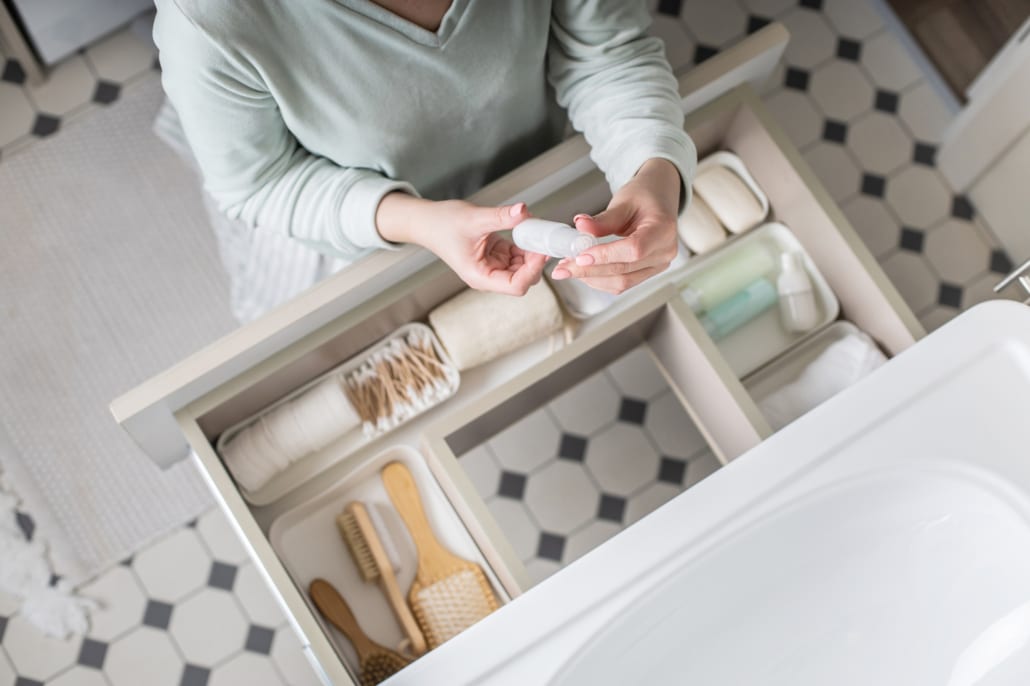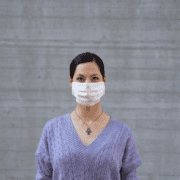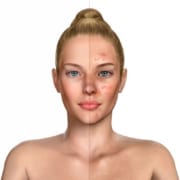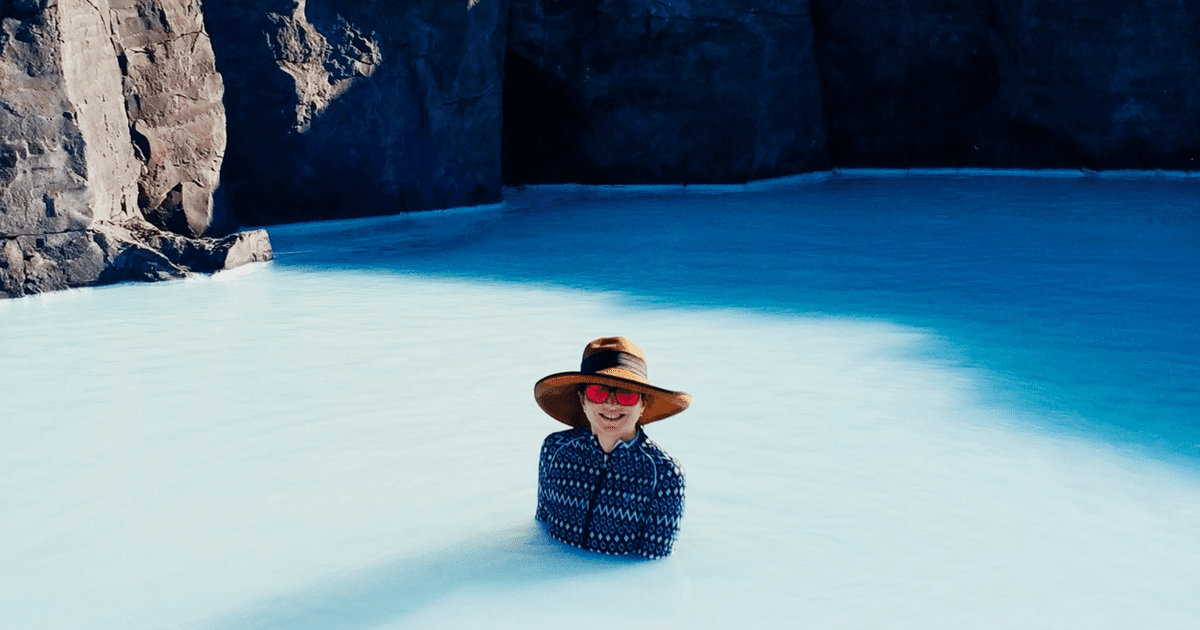Treating Photoaging with PRP Microneedling
By Dr. Elena Allbritton
What is photoaging?
Exposure of the skin to the sun’s rays can cause some short-term changes such as sunburns but eventually, it will take a toll on the skin and lead to more long-term consequences. Sun damage to the skin is referred to by several names, including photodamage, solar damage, and photoaging. When ultraviolet (UV) light from the sun or other light sources such as tanning booths, hits skin unprotected by sunscreen, DNA changes occur at a cellular level. Some of the changes happen in the deeper dermal layers of the skin and take years to become visible. Photoaging can also lead to skin cancer.
Who is susceptible to photoaging?
The short answer is everyone is susceptible to photoaging. The amount of photodamage to the skin depends on skin type, geographical factors such as latitude, and the amount of unprotected sun exposure sustained over time. Individuals with lighter skin tones are more susceptible to photoaging and skin cancer than those with darker skin tones. However, people with darker skin tones can still sustain photodamage, and develop skin cancer and dyspigmentation such as melasma.
What does the UV index have to do with photoagaing?
The UV index was created to help provide daily guidelines for safer sun exposure and is important in the assessment of harmful UV exposure. Geographical factors, cultural practices, and accessibility to UV protection all play a role in the amount of photodamage and photoaging an individual may experience.
How to protect against premature aging and treat photodamage:
- Limit unprotected skin exposure. The American Academy of Dermatology recommends avoiding exposure during peak hours between 10am and 2pm, wearing broad spectrum mineral sunscreen that protects best against both UVA and UVB, and wearing sun-protective clothing (UPF40+) and sunglasses.
- Pay attention to the UV index in your location.
- Reduce inflammation and free radical formation through good nutrition. Antioxidants such as vitamins C and E, lipoic acid, and coenzyme Q scavenge oxidative free radicals generated by solar radiation.
- Practice good daily skin care using products containing medical-grade antioxidants, hyaluronic acid for hydration, and retinoids (tretinoin, tazarotene, and adapalene). ** See your dermatologist for a daily skin care regimen consultation to determine what products will work best for your skin.
- There are many treatment options to improve photoaging. PRP with microneedling is a minimally invasive method of naturally regenerating facial skin.
What is Platelet-rich plasma (PRP)?
A platelet-rich plasma (PRP) treatment is a relatively simple process that uses the patient’s own growth factors. The patient’s blood is centrifuged, or spun down, to increase the concentration of platelets and includes a mixture of cytokines and growth factors. There is no concern about rejection or disease transmission because it is manufactured from the patient’s own blood. This mixture has anti-inflammatory properties and can be used to stimulate healing.
PRP has been used for years to treat athletes with sports injuries, augment healing and speed recovery from surgery, and to treat degenerative conditions such as osteoarthritis. PRP is also being used to treat acne scars and hair loss such as androgenetic alopecia. It can also be used with microneedling for facial rejuvenation.

PRP with microneedling
Platelet-rich plasma with microneedling is minimally invasive and rarely causes side effects. The most common side effects are discomfort or bruising at the injection sites. PRP treatments can have varying levels of success with different patients. This may be due in part to the concentration or health of the platelets and growth factors. It is advised to stop taking nonsteroidal anti-inflammatory medications (NSAIDs) such as ibuprofen, aspirin, and naproxen, for 2 weeks in advance of PRP treatment because these medications can impair platelet function and increase bleeding risk.
What is microneedling?
Microneedling is a safe technique that uses sterile needles for controlled micro-injuries to the skin which stimulate the natural healing process. Tiny micro channels are opened in the skin which allow the growth factors and platelets in PRP to penetrate deeper into the skin. When compared with microneedling alone, PRP plus microneedling can significantly improve the visual appearance of photoaged skin.
Animal studies using PRP show decreased oxidative stress, inflammation, and inhibition of skin cell death leading to improved skin photoaging. Growth factors in PRP stimulate fibroblasts and induce new collagen production. Patient satisfaction tends to be higher with the addition of PRP. Pigmentation, telangiectasias as well as wrinkles are improved which reduces the signs of photodamage.
What to expect when getting Microneedling with PRP
During the procedure, topical numbing cream is used so the patient experiences only mild discomfort. After treatment, there is some mild redness for 24-48 hours. It is recommended that patients avoid exercise for 24 hours after treatment. Mild peeling of the skin can occur several days after treatment. Most patients experience a healthy glow after the first treatment, especially when PRP is added. A series of 3-6 treatments is recommended for the best results. Optimal results occur after 2-3 months due to the production of new collagen and elastin.
The main benefits of microneedling with PRP:
- Collagen production and skin tightening
- Improvement in skin texture
- Minimizing of fine lines and wrinkles
- Improvement in skin tone and discoloration
- Minimizing pore size
- Reduction in acne scarring, the appearance of stretch marks, or other types of scars
Interested in microneedling with PRP? Book an appointment with us for a consultation to discuss the best treatment options for you and your skin. Give us a call at 301-652-8081.
Other resources for information:
- https://www.mdanderson.org/publications/focused-on-health/what-s-the-difference-between-uva-and-uvb-rays-.h15-1592991.html
- Comprehensive Review of Ultraviolet Radiation and the Current Status on Sunscreens from PMC Labs: https://www.ncbi.nlm.nih.gov/pmc/articles/PMC3460660/
- Yan, B., & A., J. (2014). Ultraviolet Radiation, Aging and the Skin: Prevention of Damage by Topical cAMP Manipulation. Molecules, 19(5), 6202-6219. https://doi.org/10.3390/molecules19056202
- https://healthmatch.io/blog/top-20-skin-cancer-hot-spots-in-the-world-and-why-theyre-on-the-list
- Ultraviolet (UV) Radiation from the Aim at Melanoma Foundation: https://www.aimatmelanoma.org/melanoma-101/prevention/what-is-ultraviolet-uv-radiation/
- American Academy of Dermatology. Prevent skin cancer. 2021. https://www.aad.org/public/diseases/skin-cancer/prevent/how. Cited 1 Oct 2021.
- Poon F, Kang S, Chien A. Mechanisms and treatments of photoaging. Photodermatol Photoimmunol Photomed 2015; 31: 65–74.
- Fisher GJ, Kang S, Varani J et al. Mechanisms of photoaging and chronological skin aging. Arch Dermatol 2002; 138: 1462–1470.
- Kang S, Fisher GJ, Voorhees JJ. Photoaging: pathogenesis, prevention and treatment. In: Gilchrest BA, ed. Geriatric dermatology. Philadelphia: WB Saunders, 2001, 643.
- Yaar M, Gilchrest B. Photoageing: mechanism, prevention and therapy. Br J Dermatol 2007; 157: 874–877.
- Sambandan D, Ratner D. Sunscreens: an overview and update. J Am Acad Dermatol 2011; 64: 748–758.
- Graf J. Antioxidants and skin care: the essentials. Plast Reconstr Surg 2010; 125: 378–383
- Charles-de-Sá L, Gontijo-de-Amorim NF, Takiya CM, et al. Effect of use of platelet-rich plasma (PRP) in skin with intrinsic aging process. Aesthet Surg J. 2018;38(3):321-328.
- Alam M, Hughart R, Champlain A, et al. Effect of Platelet-Rich Plasma Injections for Rejuvenation of Photoaged Facial Skin. JAMA Dermatol 2018 Dec; 154(12):1447-1452.










 Create and follow a daily routine
Create and follow a daily routine










